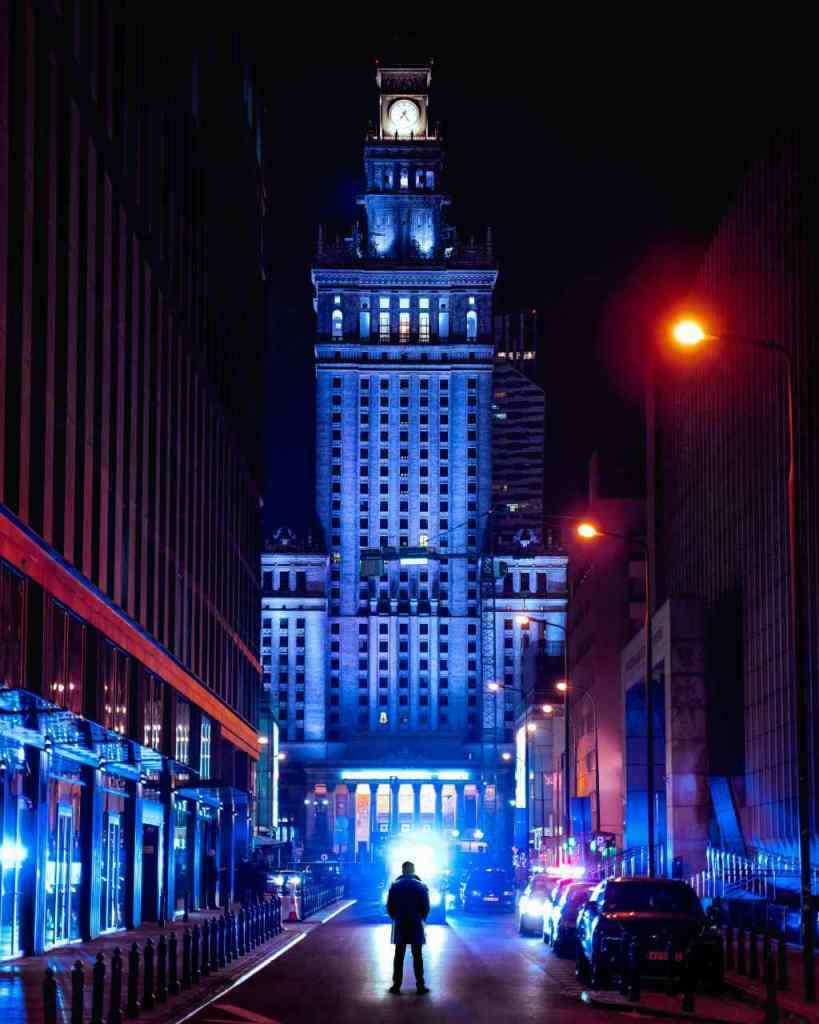RMSF-net: Peeking into the Vibrant Dance of Proteins with Deep Learning
Cryo-electron microscopy (cryo-EM) burst onto the scene like a scientific rockstar, totally revolutionizing how we see the teeny-tiny world of structural biology. We’re talkin’ atomic-level resolution of those complex molecules that make life happen! But there’s a catch, fam. While cryo-EM can snap some seriously awesome pics of proteins frozen in time, figuring out how those proteins actually *move* and groove in their natural habitat, well, that’s a whole ‘nother challenge.
Hold up, though, ’cause now there’s RMSF-net, comin’ in hot! This deep learning method is like the ultimate protein dance choreographer, predicting the root mean square fluctuation (RMSF) of local protein structures – think residues and atoms – straight from those chilly cryo-EM maps. It’s like having X-ray vision for protein moves!
RMSF, for those not in the know, is the way scientists measure how much a molecule likes to wiggle and shake. It’s a big deal in molecular dynamics (MD) analysis, where we try to simulate how these tiny dancers boogie down in a watery world.
Unveiling the RMSF-net Magic Show
Okay, so how does this whole RMSF-net thing actually *work*? Let’s break it down, step by step, like a scientific recipe for protein-wiggling prediction deliciousness:
What We’re Throwin’ In the Pot (Data Input):
- First up, we need those raw images, those experimental cryo-EM maps. It’s like starting with a snapshot of the dance floor, frozen in time.
- Next, we need the blueprints for our dancers. That’s where fitted PDB models come in, showing us the average pose of those constantly grooving proteins.
Prepping Our Ingredients (Data Preparation):
Now, we gotta get our data prepped and ready for the main event. It’s time to transform those PDB models into something our deep learning algorithm can understand – voxelized density maps. Think of it like converting a blueprint into a D model made of tiny Lego blocks.
- We use a fancy tool called Chimera’s “MOLMAP” to do this conversion, transforming those PDB models into a language our algorithm can groove with.
- Next, we divide both the cryo-EM maps and our newly minted PDB-derived maps into uniform density boxes. Imagine slicing our D model into a grid of perfectly sized cubes. We’re talking voxels per box, with a -voxel stride. It’s all about precision, baby!
- Finally, we take corresponding boxes from both maps – one from the experimental cryo-EM and one from our simulated PDB – and stack ’em up like a delicious molecular sandwich. This two-channel input is what our network will feast on.
Building the Neural Network Engine (Network Architecture):
Here’s where the magic really starts to happen. We’re building a powerful D convolutional neural network ( D CNN), the engine that’ll drive our RMSF predictions. This network has two main modules, working together like a well-oiled protein-wiggling-predicting machine:
- Module : The Unet++ Architect – This module is all about understanding the intricate details hidden within our density boxes. It’s like having a super-powered magnifying glass that can zoom in and out, capturing features at different scales. We’re using the Unet++ (L) architecture here, known for its prowess in image segmentation and analysis. It’s like giving our network the ability to see the individual dance moves within the larger choreography.
- Module : The Regression Guru – With the features extracted by Module , it’s time to translate those insights into actual RMSF predictions. This module uses simple yet effective -kernel convolutions to regress RMSF values from the feature map generated by Module . It’s like having a dance instructor who can predict the next move based on the dancer’s current posture and momentum.
Serving Up the Predictions (Output):
After all that heavy lifting, it’s time to reap the rewards – our RMSF predictions!
- We apply a center crop to the output of our regression module, focusing on the juicy center of each box where the action is. This gives us our central RMSF sub-boxes.
- Each tiny voxel within these sub-boxes holds a special value – the predicted RMSF of the corresponding atom in our protein. It’s like having a heat map of protein flexibility, showing us which parts are grooving and which are chilling out.
- Finally, we stitch all those sub-boxes back together, like piecing together a jigsaw puzzle, to create a complete RMSF map of our protein. Voila! We’ve got ourselves a dynamic map of protein wiggling!
Data Processing: Cleaning Up the Dance Floor
Garbage in, garbage out, as they say. Before we unleash our deep learning beast on our protein data, we gotta make sure it’s squeaky clean and ready to boogie. That’s where data processing comes in, ensuring our data is consistent, efficient, and ready to party:
Spatial Scale Consistency – One Size Fits All:
Imagine a dance floor with different sized tiles – total chaos! To avoid this molecular mosh pit, we need to ensure all our cryo-EM maps are on the same scale. We use a handy tool from SciPy called “ndimage.zoom” to resample all our maps to a uniform voxel size of . Å. It’s like laying down a perfectly uniform dance floor, ensuring all our proteins have enough space to strut their stuff.
Efficient Box Selection – No Wallflowers Allowed:
We’re only interested in the active dancers, not the empty space on the sidelines. Our efficient box selection algorithm acts like a bouncer, only letting in boxes containing atoms within that central sub-box we talked about earlier. Boxes hanging out in structure-free regions? Sorry, gotta bounce!
Density Normalization – Leveling the Playing Field:
Proteins, like dancers, come in all shapes and sizes. To make sure our network isn’t biased by differences in density between different cryo-EM maps, we normalize the voxel densities within each box to a range of [ , ]. It’s like adjusting the lighting on the dance floor so every move is crystal clear.
